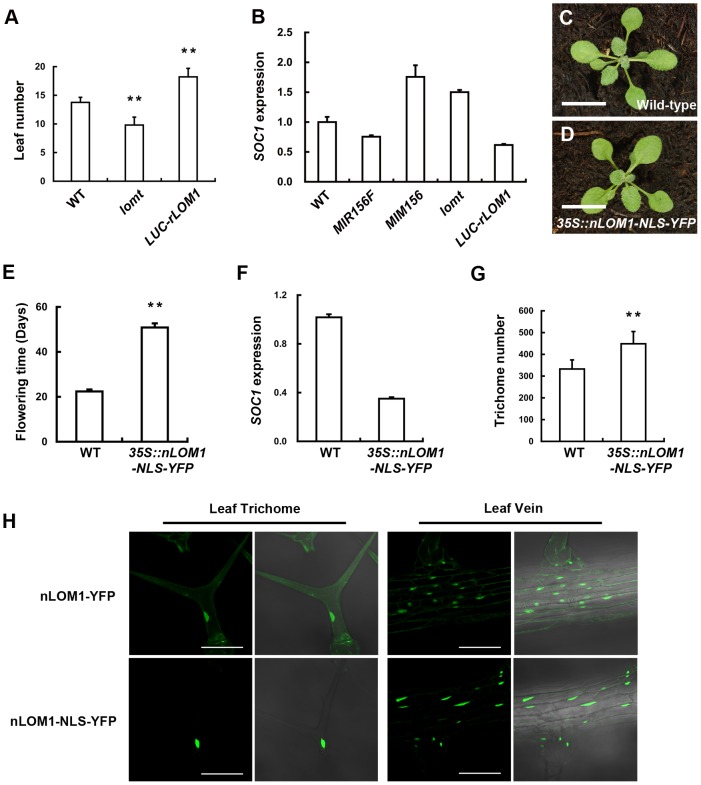Figure 5. Overexpression of N-terminal of LOM1 in nucleus triggers a flowering delay.
(A) The number of leaves at flowering of wild-type, lomt mutant and LUC-rLOM1OE plants under long-day condition. Data are given as mean s.d (n>61), and analyzed by t test. **P<0.01. (B) qRT-PCR analysis of expression of SOC1 in 7-day-old long-day-grown seedlings. SOC1 was repressed in 35S::MIR156F and increased in 35S::MIM156 as reported [2]. (C and D) View of 10-day-old wild-type (C) and 35S::nLOM1-NLS-YFP (D) plants. 35S::nLOM1-NLS-YFP plants look normal. Scale bars, 1 cm. (E) 35S::nLOM1-NLS-YFP delayed flowering very significantly under long-day condition. The number of days to flowering was counted when the floral buds were visible. Data are given as mean s.d. (n = 18) and analyzed by t test, **P<0.01. (F) Expression of SOC1. SOC1 was down-regulated in 35S::nLOM1-NLS-YFP plants, consistent with delayed flowering. (G) Trichome numbers of wild-type and 35S::nLOM1-NLS-YFP plants. The y axis indicates the total trichome number on main stems. Data are given as mean s.d. (n = 32) and analyzed by t test, **P<0.01. (H) Subcellular localization of nLOM1-YFP and nLOM1-NLS-YFP in leaf trichome (left panel) and leaf vein (right panel). Scale bars, 100 µm.

